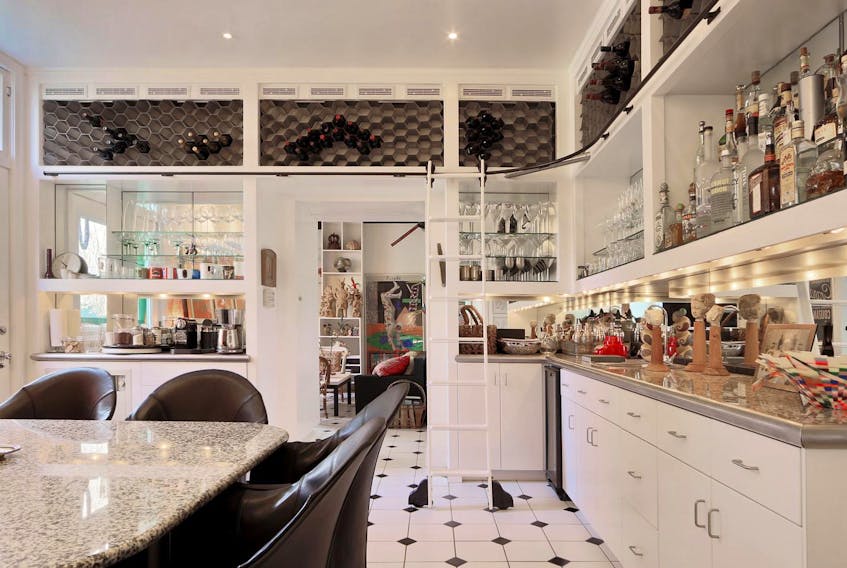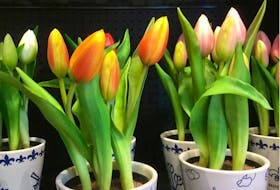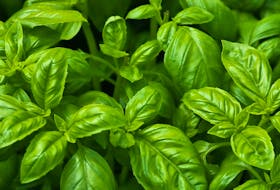Those who subscribe to the “less is more” and KISS principal (keep it simple, stupid) likely have homes that appear austere, unfussy, and stripped down to their essential elements. Feng shui followers and fans of minimalism can attest to the uncluttered advantages of such simple and spartan interiors.
But plain vanilla isn’t everyone favourite flavour. In fact, many prefer an opposite palate, one that emphasizes interior design overstimulation. This movement is called maximalism, and while it’s not new, it’s catching on with many homeowners looking to make more expressive and indulgent statements with their living spaces.
“Maximalism is a ‘more is more’ approach to design that often employs layers upon layers, patterns upon patterns, and more saturated colours to create a cosy, inviting, organic space. It’s a rejection of the precise, clean-lined look that can often feel a bit sterile,” says Nicole Alexander, founder/principal of Siren Betty
Design in Chicago.
Put another way, maximalism doesn’t limit you to one style or trend within a room. Instead, “you can fill your space with anything and everything that brings you joy,” Lyndsay Bussler, division president with St. Louis Park, Minnesota-located FBC Remodel, says. “These spaces can feature a multitude of bright colours and textures as well as furniture from different eras and of different scale. You can pair together favourite pieces from various periods.”
Maximalism offers two distinct benefits, Alexander contends.
“Because it feels cosy, people feel more comfortable than they might in a rigid, minimalist space. And with all the interesting things to look at, it gives guests something to talk about,” says Alexander.
Instead of creating a primary focal point in the room, the whole space becomes a focal point with maximalism, notes Linda Fennessy, kitchen consultant for Kitchen Magic in Nazareth, Pennsylvania.
“After all, it’s the details of a room that give it style and personality,” says Fennessy, who adds that rich, sumptuous and even gaudy textures and fabrics fit this scheme — including gold taffeta; plush rugs with fringe; silk, gilded and art deco items; textured wallpaper with bold/busy patterns; velvet drapery with rope tie backs flowing to the floor; and ceilings donned with tins, inlays or murals.
“Using personal items such as family heirlooms, photos, art books, fresh flowers and plants can also add to the layering effect and create a cosy feeling,” recommends Alexander.
While maximalism is most commonly employed in bedrooms, living rooms and dining rooms, it can also be incorporated successfully in the kitchen with the right planning.
“Embellishments that can give a kitchen a maximalist style include dark wood grain cabinets, French legs or corbels supporting the island, stone countertops with lots of veining and movement, bun feet under the base cabinets, and large crown mouldings and wainscoting adorning the cabinets,” adds Fennessy.
“Curating a wall of art is another way to sport a maximalism look,” says Justin Riordan, founder of Spade and Archer Design Agency in Portland, Oregon. “You can use family photos mixed with collected art pieces and incorporate different colours, textures and patterns, like jewel tones and pastels.”
Alexander cautions that it’s important to be selective about what you opt to maximize with.
“Choose items that are thoughtful and tell a story. You don’t want to just fill your space with ‘stuff.’ If you start to layer just for the point of layering, it will come off as cluttery and overbearing. But if the components are meaningful to you, they will make sense together esthetically and emotionally.”
Many predict that the maximalism trend should stay in vogue for the foreseeable future.
“It never really went out of style. But the current movement should enjoy a lifespan of another eight to 10 years,” says Fennessy.









